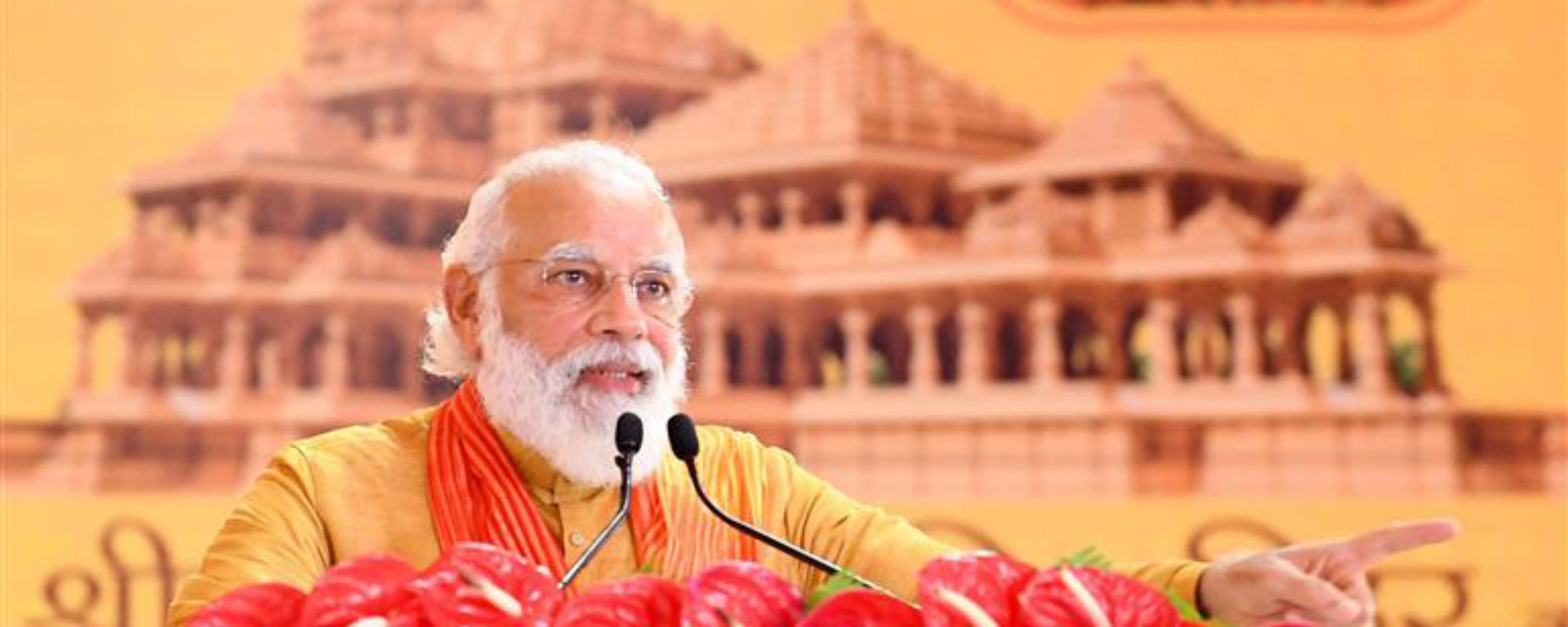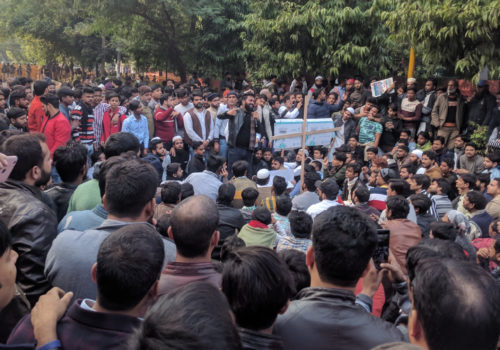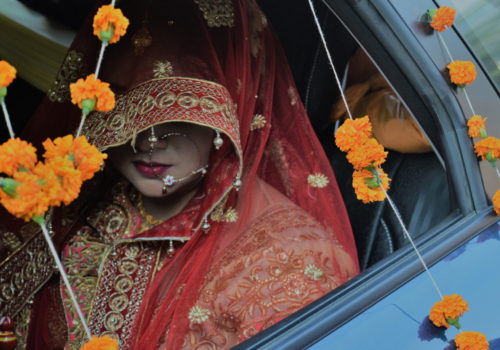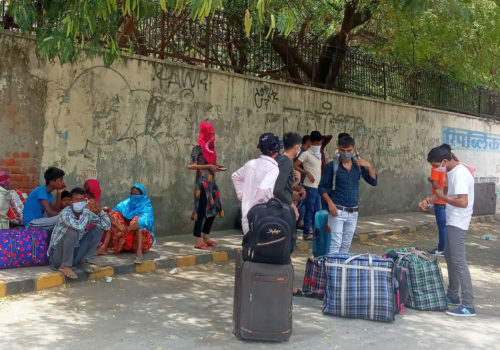AYODHYA, India — In August, Indian Prime Minister Narendra Modi returned to this northern city after nearly thirty years away.
He was there to inaugurate the building of a temple where an 18th-century mosque, the Babri Masjid, once stood. The site had been hotly contested for centuries by Hindus, who believed it to be the ancient birthplace of Lord Rama. Last year, the Supreme Court finally weighed in and cleared the way for construction.
Ahead of the ceremony, officials used chalk and tape to mark socially distant circles while fire brigades sprayed the streets with sanitizer. Locals gathered on their balconies to watch and flew saffron flags from their rooftops. Thanks to the coronavirus pandemic that has engulfed much of the nation, the event was televised and streamed on social media to 120 million viewers.
As Modi lay a 90-pound silver brick, he told his supporters the day was “an emotional moment” for India: “The wait of centuries is coming to an end.”
The event took place as India was saddled with the third-highest number of Covid-19 cases in the world. It was also struggling to recover from its deepest economic recession on record while managing the fallout from a border dispute with China. But under Modi’s Hindu nationalist agenda, the construction of the Ram temple was aimed at signifying accomplishment—and marked another shift away from state secularism.
A long time coming
The Ram temple has figured in the political agenda of Modi’s Bharatiya Janata Party (BJP) for more than three decades. In September 1990, then-party leader Lal Krishna Advani embarked on a two-month political and religious rally meant to drum up support for erecting the temple. Among the organizers was a young Modi, the general secretary of the BJP’s branch in the state of Gujarat who would meticulously plan Advani’s journey through 600 villages.
Advani frequently railed against the 16th-century invasion of the region’s Mughal rulers during the rally, vowing to replace the Babri mosque with the Ram temple. Still relatively unknown at the time, Modi found momentum in the Ram Janmabhoomi (“Rama’s birthplace”) movement, delivering inspirational speeches and catching the attention of powerful BJP officials, cementing his path to power.
The following year, he played a key role in launching an official campaign for the construction of the temple by a leading right-wing Hindu nationalist organization. Members of the same group were responsible for destroying the Babri Masjid mosque in December 1992, inciting communal violence that left nearly 2,000 dead.
When Modi ran for prime minister in 2014, the BJP’s manifesto again included the temple’s construction as a “cultural heritage” agenda item. The BJP won a majority in the 543-seat Lok Sabha, the lower house of parliament, for the first time that year. The party went on to keep Hindu sentiments around the temple charged—first by building a Ram museum in Ayodhya just before state assembly elections, then by urging the Supreme Court to finally deliver a verdict on the land dispute.
In its ruling last November, the court cited archaeological evidence in upholding Hindu claims over the site.
It was a watershed moment. Kapil Komireddi, author of Malevolent Republic: A Short History of the New India, characterized constructing the temple as representing “a culmination of a long historic process and the end of a movement for Hindu nationalists, for whom it was both a moment of mobilization and the undoing of a historical wrong for those who believe they were victims of history.”
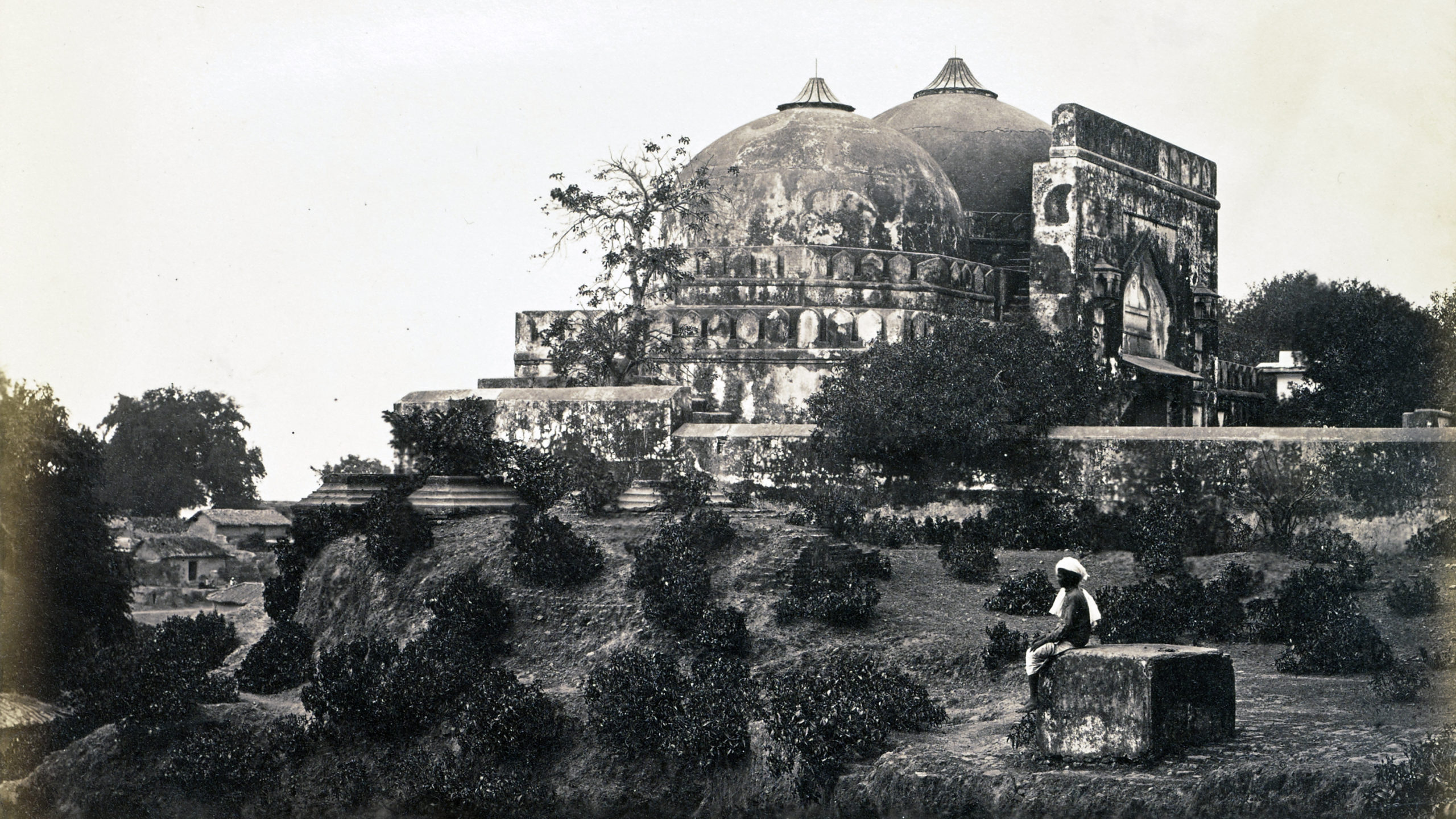
Secularism on the fringe
The construction of the temple has been central to the BJP’s platform because it is strongly guided by the conservative ideology of Hindutva—“the Hindu way of life.”
The idea was first set forth in 1922 by Veer Savarkar, an Indian independence activist and Hindu nationalist movement leader who believed Hindus should constitute a state based on their common heritage and culture. Hindutva underpinned the call for a Hindu Rashtra, or “Hindu nation” where, in the words of the political analyst Amitabh Dubey, “Hindus are dominant and their issues are given priority.” Minorities are allowed to coexist, but their interests remain subservient.
While the constitution asserts that India is a secular nation, making a Hindu Rashtra unconstitutional, many consider Hindutva a justified response to imperialism. Many Hindus, who make up 80 percent of the population and the majority of Modi’s voter base, see the Ram temple project as a salve to heal the wounds of centuries of Islamic and British rule.
“When a leader taps into religious nationalism, it becomes very difficult for the opposition or civil society to counter that,” Dubey said.
Some experts believe the current developments are nothing new, arguing Hindu nationalism has always been the norm in India and that secularism has existed on the margins. Even the opposition Congress Party was initially built as part of the broader Hindu nationalist movement, and eventually forced to accept the idea of Hindu-Muslim unity, they say.
In more recent elections, the BJP’s two successive victories have allowed for more overt political decisions in line with Hindutva ideology. They included the passage of a controversial act that stripped the state of Jammu and Kashmir of its autonomy and the criminalization of the so-called triple talaq, or the Islamic practice of instant divorce.
Hindus make up 80 percent of the population and the majority of Modi’s voter base, and many see the Ram temple project as a salve to heal the wounds of centuries of Islamic and British rule.
“What’s clear is that from [the BJP’s] point of view, the people of India have twice told them ‘please implement your agenda,’” Dubey said. “So that’s what they’re doing.”
But while BJP supporters cite the Supreme Court’s decision as a legal justification for the construction of the Ram temple, the party’s actions have nevertheless alienated India’s 170 million Muslims.
No magic bullet
The Ram temple has served as a welcome distraction for Modi supporters in the midst of a national health and economic crisis. They feel emboldened by the BJP’s achieving a longstanding goal—but they still face major challenges.
When the Ayodhya ceremony took place, India was still grappling with the effects of the coronavirus pandemic, which has infected even some of its most powerful politicians, including Oil Minister Dharmendra Pradhan and Home Minister Amit Shah. To date, the virus has infected 3.8 million people and shows no signs of slowing. Economists predict that more than 100 million people will be laid off thanks to the closure of factories and businesses in a floundering economy. And more recently, a military standoff between India and China on the border of Ladakh, which killed several Indian troops, has severely strained India’s diplomatic relations with its neighbor.
Dubey believes the Ayodhya campaign may have been a high-water mark. Now that Modi has finally delivered on the main agenda of Hindu nationalists, it remains unclear where the BJP goes from here. If it continues moving in an increasingly authoritarian direction—by implementing a national registry of citizens or using force to clamp down on minorities—Modi may face serious resistance.
He must also deliver on the country’s main challenges. “We are coming to a point of some divergence,” Dubey said, “not because people change their views—they still want a Ram temple or a uniform civil code—but they do not want to put their lives on the line for it” because of the government’s mishandling of disease, the flailing economy and border disputes.
At the same time, many remain passionate about the idea that India can be a home for all Indians despite their religion or caste, Komireddi said. However, secularism has “lost its sheen” because those who represent it—predominantly members of the Congress Party—have undermined their credibility among voters with ineffective leadership and allegations of corruption.
For all the challenges the BJP faces, much of the nation still believes it is being led by a strong leader. As long as voters think of themselves as consolidated Hindus, the BJP will likely remain in power, Dubey said. Meanwhile, plans for an expansive stone temple embellished with turrets, pillars and domes are fully underway as engineers begin testing the soil at the site in Ayodhya.
Top photo: Modi speaks, with an artist’s rendition of the Ram temple behind him, at the foundation stone laying ceremony on August 5, 2020 (Prime Minister’s Office, Wikimedia Commons)

